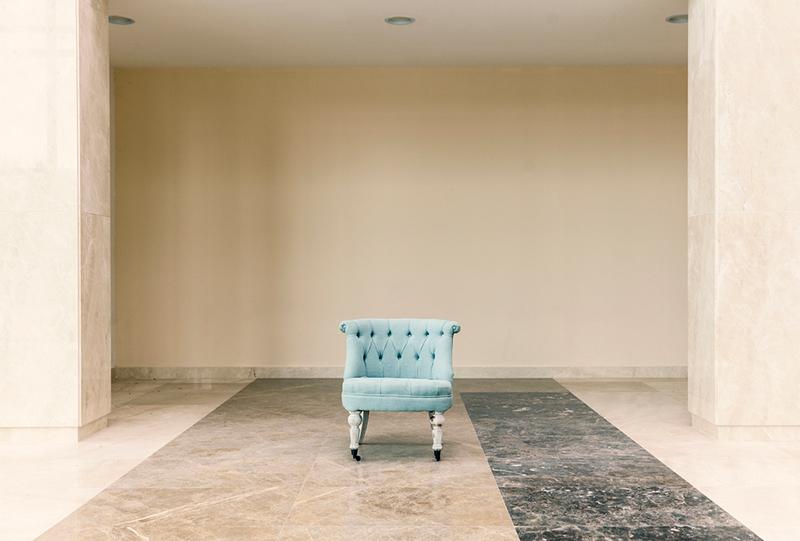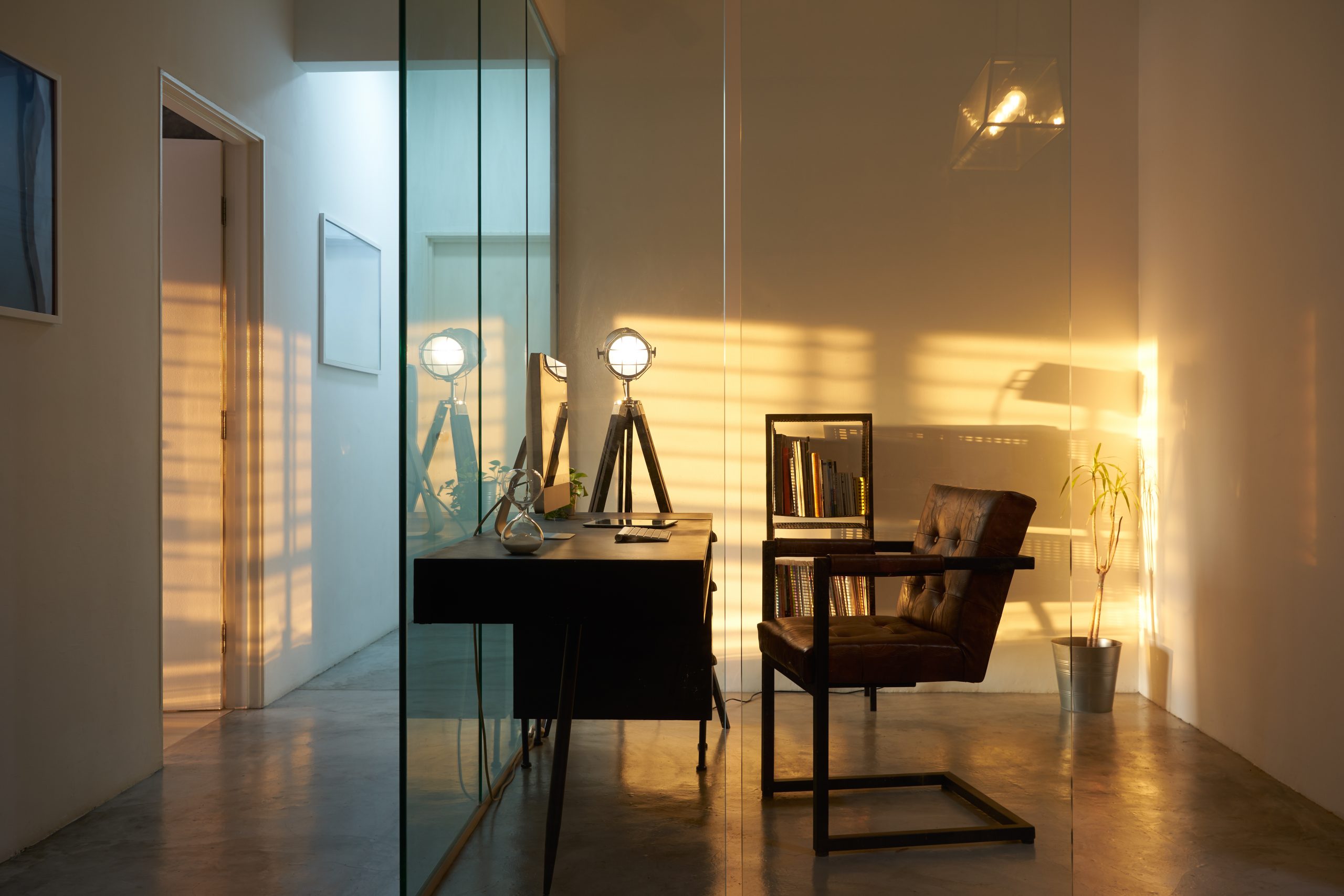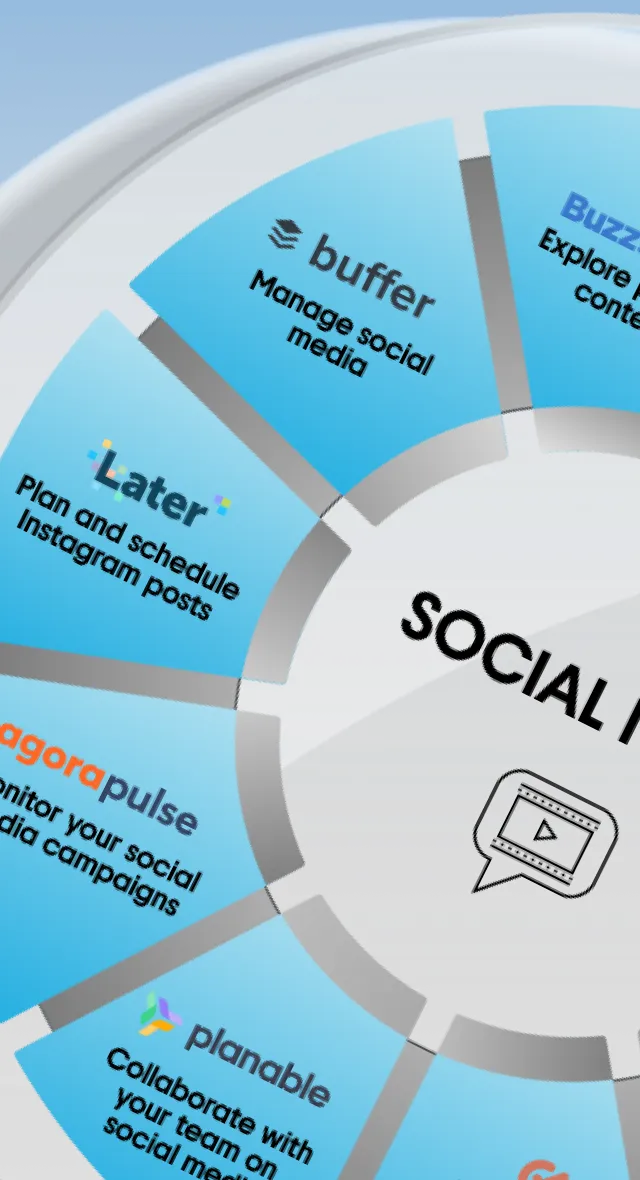The Psychology of Simple: Why It’s So Hard To Achieve in Design
Leonardo da Vinci said that simplicity is the ultimate sophistication. Shakespeare claimed, brevity is the soul of wit, not to mention the KISS principle coined by American systems engineer Kelly Johnson, which is a backronym for “keep it simple, stupid”. Either science or literature, engineering or design, simplicity is a key to success. However, it is incredibly hard to achieve. Here are the main reasons why:
Simplicity does not equal minimalism
Speaking of simplicity, people often confuse it with minimalism. But these two notions — simplicity and minimalism — are not synonymous at all. Minimalism seeks to convey the essence of the objects. It is about the form: a lot of space, natural colour spectrum, easy shapes and no decor make minimalism an auxiliary tool in achieving simplicity in design.
Simplicity, in turn, means an absence of unnecessary elements. It relates to the solution of a problem and reduction of complexity with an emphasis on what’s really important. In other words, simplicity eliminates everything that hinders interaction with an audience.
It requires a deep understanding of the target audience
The success of any project depends on three pillars: goal setting, audience understanding, and effective communication. Thus, once you receive the terms of reference, you have to get acquainted with the target audience. What are the demographics and psychographics? What are the pain points? How to fix them? These are the question that will help you understand your customer’s needs, narrow down design solutions, plan the workflow and finally make it as simple as possible.
For instance, you’re working on a project, the audience of which are women in their 30’s. They live in towns, run in the morning, have full-time jobs, do household chores and spend weekends with their families. From all these, you make conclusions that such an audience doesn’t have much time and will to delve into sophisticated designs, metaphors or tricks. It needs it simple, clear, and now.
Simplification is time-consuming
American designer and technologist John Maeda in his book “The Laws of Simplicity” provides 10 rules for designers, who want to achieve simplicity:
- Reduce. The simplest way to achieve simplicity is through thoughtful reduction. In other words, when in doubt, just remove.
- Organize. It makes a system of many appear fewer.
- Time. Saving time feel like simplicity, while waiting feels like complexity.
- Learn. Knowledge makes everything simpler.
- Differences. Simplicity and complexity need each other. When one prevails, the other stands out.
- Context. What lies in the periphery of simplicity is definitely not peripheral.
- Emotion. More emotions are better than less, don’t be afraid to add more ornament or layers of meaning.
- Trust. In simplicity we trust, despite the consequences it brings.
- Failure. Some things can never be made simple, and you have to learn from your mistakes.
- The one. Simplicity in design is about subtracting the obvious and adding the meaningful.
Although ‘simplicity’ comes from ‘simple’, you can see that it requires research, thought, planning and effort. Moreover, to grasp the psychology of simple, you need to embrace lifelong learning, develop empathy and stay open-minded. Simplicity is time-consuming, and John Maeda’s laws are the proof.
 © Елизавета Русальская / Behance
© Елизавета Русальская / Behance
And time is precious
Every project is time-bound, and it is another reason why it’s so hard to achieve simplicity in design. The fast pace of modern life urges you to be constantly occupied with multiple tasks: to create, to plan, to negotiate and to learn. You have to manage your time properly, be stress-resistant and work under pressure in order to think clearly.
So why is it worth the effort?
Although simplicity is hard to achieve, it is totally worth it. Just think of the legendary logos of Apple and Nike. They are very simple and, thus, evergreen. So, when you set aside time and create a simple design, you get closer to the dream of making your product recognizable and cult.
Simplicity is a way to make a lasting impression. As we have already mentioned, if you have a clear understanding of the target audience, you are likely to succeed. Simplicity is not only a matter of visual submission but also perception. It is an art of making the complex simple. It is really hard but it’s worth it.
Share your thoughts on the topic with us and continue reading our cover on minimalism in photography. You can also see a Photo Collection on minimalism here:








